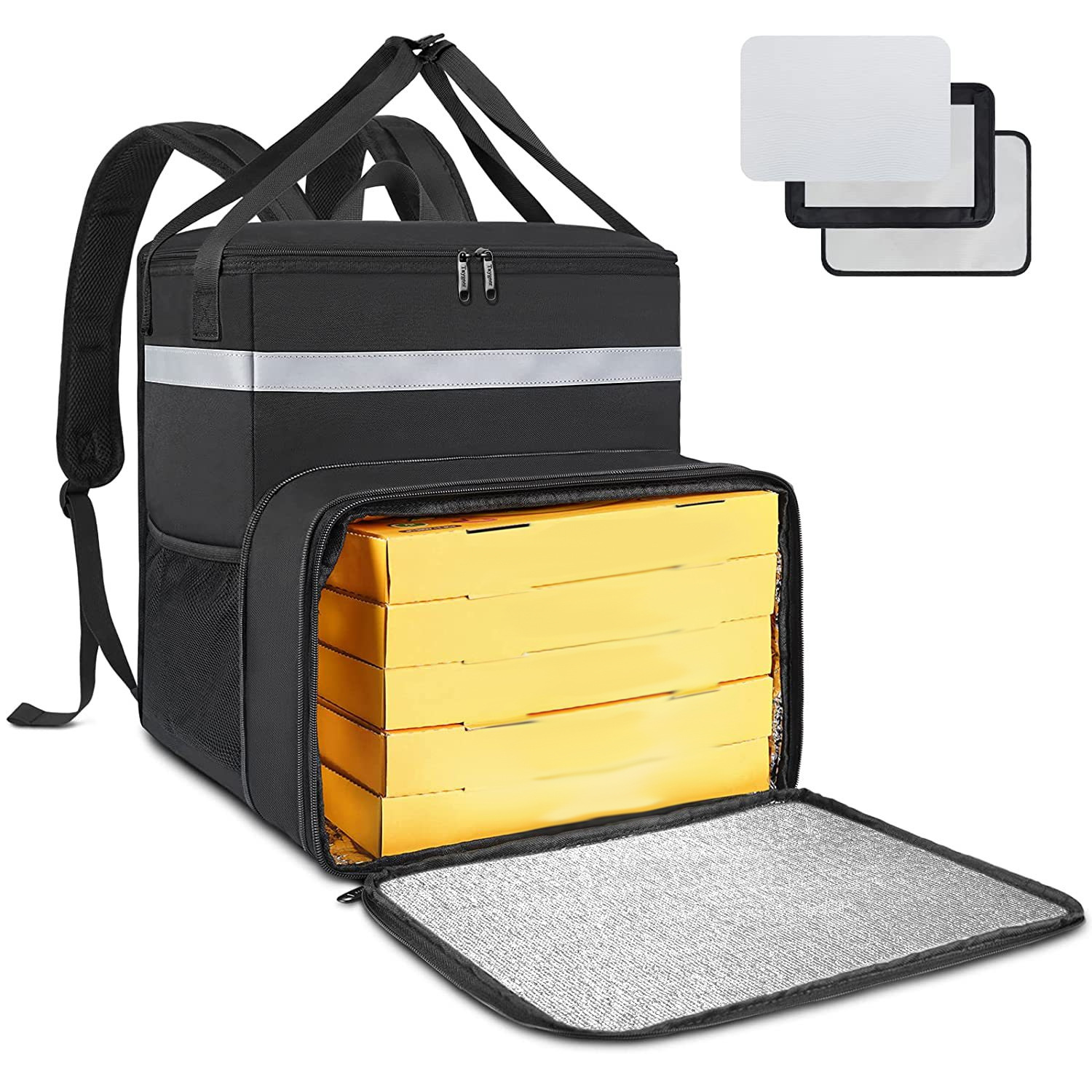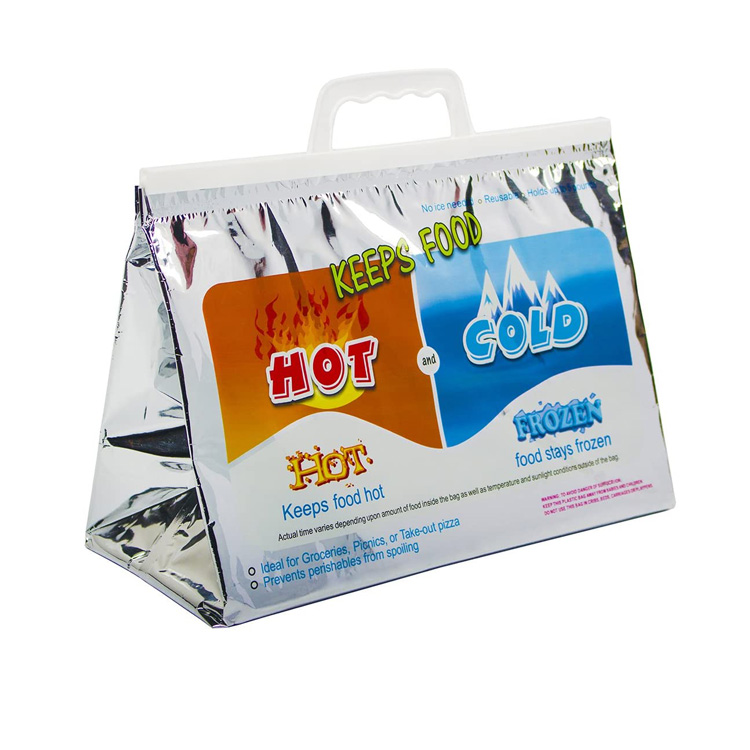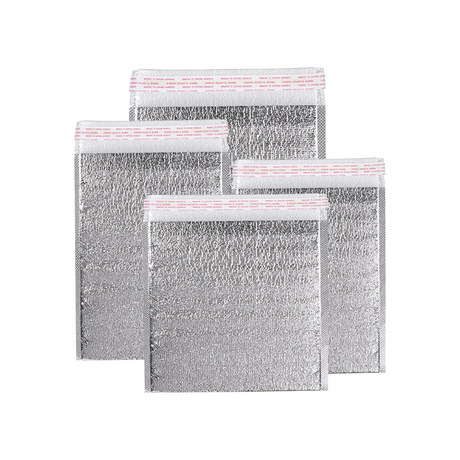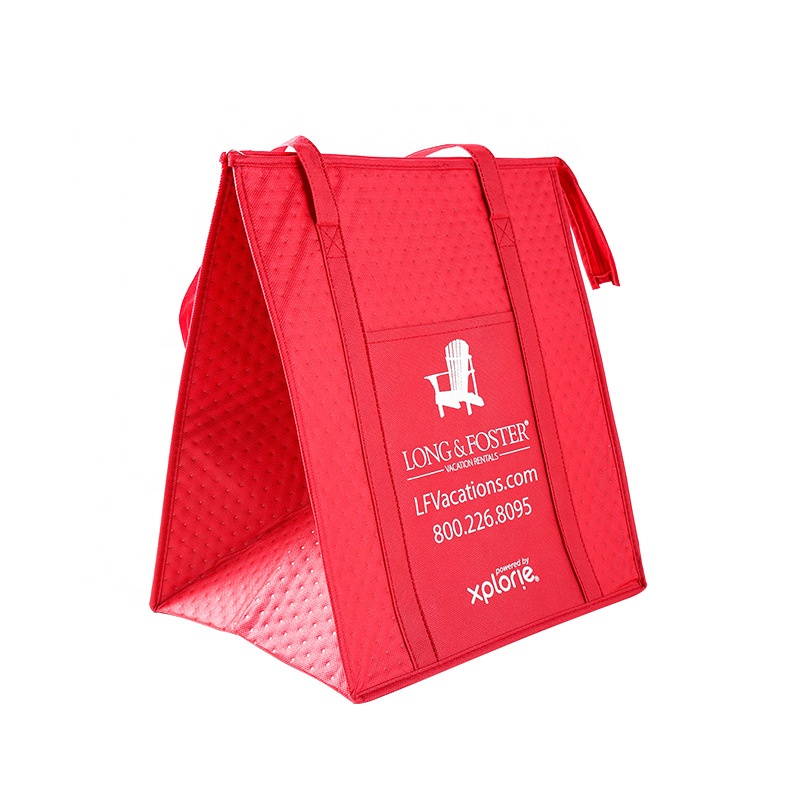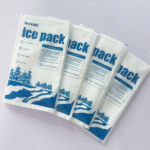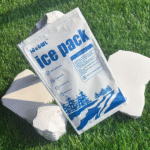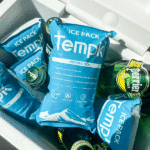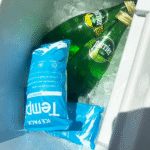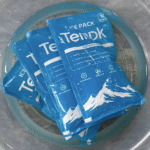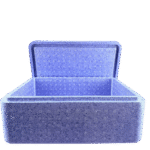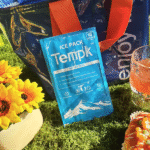Munculnya Pengiriman Kelontong Online dan Pertanian Presisi telah dilakukan Kotak Transportasi Makanan Dingin sangat diperlukan untuk menjaga kesegaran dan keamanan dalam rantai pasokan yang mudah rusak. Wadah -wadah ini harus menahan suhu ekstrem, stres fisik, dan pengawasan lingkungan. Artikel ini memeriksa materi terbaru, Teknologi, dan desain terobosan Tempk membentuk masa depan logistik makanan dingin.
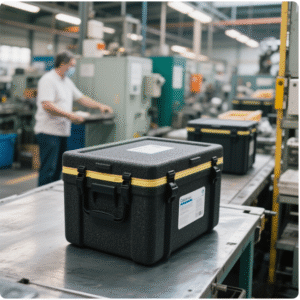
1. Terobosan material dalam isolasi termal
Bahan inovatif mendefinisikan kembali kinerja kotak dingin:
-
Panel yang diinfusi aerogel: Komposit Silika Airgel mencapai konduktivitas termal serendah 0.015 W/m · k, Memperluas Durasi Pendinginan oleh 50% dibandingkan dengan poliuretan tradisional (Pu) busa.
-
Hibrida Bio-PCM: Bahan perubahan fase yang berasal dari suhu stabil oli kelapa sawit antara -25° C dan 5 ° C. untuk 96+ jam, Mengganti es kering berbahaya dalam pengiriman makanan laut.
-
Epp daur ulang (Polypropylene yang diperluas): Penawaran Epp Blend Tempk milik Tempk 98% Daur ulang dan 3x resistensi naksir lebih tinggi dari EPS, Ideal untuk skenario multi guna.
2. Aplikasi penting dan metrik kinerja
-
Produk segar: Kotak dengan liner penyerap etilena dan 0.03 Insulasi W/M · K mengurangi laju pembusukan dengan 40% Selama pengiriman lintas negara 72 jam.
-
Produk susu: Pelapisan PLA antimikroba mencegah pertumbuhan bakteri sambil mempertahankan 2–4 ° C. untuk 120 jam, bahkan dalam kondisi sekitar 30 ° C.
-
Makanan beku: Kompartemen terisolasi vakum dengan lapisan nano-reflektif mencapai -18Stabilitas ° C. menggunakan 30% Volume refrigeran yang lebih sedikit.
3. Tantangan keberlanjutan dan tanggapan industri
-
Hambatan biaya: Biaya insulasi miselium biodegradable **8/Unit ∗∗ vs..2 untuk EP, Tapi insentif pajak dan kredit karbon mempersempit kesenjangan.
-
Kompleksitas daur ulang: Kurang dari 20% kotak multi-bahan (MISALNYA., Foil-PET-EPS) didaur ulang karena tantangan pemisahan. Desain EPP Mono-Material Tempk menyelesaikannya dengan ini 100% Daur Ulang Loop Tertutup.
-
Tekanan peraturan: Petunjuk plastik sekali pakai UE dan aturan FSMA FDA 204 mendorong adopsi yang dapat dilacak, Kemasan bersertifikat Eco.
4. Teknologi Cerdas Merevolusi Transportasi Dingin
-
Pemantauan yang diaktifkan IoT: Sensor tertanam dengan akurasi ± 0,2 ° C mengirimkan data waktu-nyata ke platform blockchain, memastikan kepatuhan dengan standar HACCP.
-
Sistem Penambangan Mandiri: Pendinginan yang diaktifkan oleh kartrid CO₂ 4° C di dalam 10 menit, Menghilangkan kebutuhan pra-pembekuan untuk pengiriman mil terakhir.
-
Desain yang dioptimalkan AI: Algoritma pembelajaran mesin memprediksi ketebalan isolasi optimal berdasarkan data cuaca rute, Cutting Material digunakan oleh 25%.
5. Kotak terisolasi Tempk: Memimpin rantai dingin hijau
Tempk Seri EcoGuard menetapkan standar baru dengan:
-
Konstruksi EPP Triple-Layer: Mempertahankan 0–4 ° C untuk 144 jam—50% lebih lama dari rata -rata industri - menggunakan 100% Bahan daur ulang pasca-konsumen.
-
Teknologi Smart Seal: Gasket magnetik yang dipatenkan mengurangi kehilangan udara dingin 70% versus sistem kait tradisional.
-
Siklus hidup melingkar: Melalui Tempk Program Rebox, 95% dari kotak yang dikembalikan diperbaharui atau dirobek menjadi pelet EPP mentah untuk produk baru.
Dengan mengintegrasikan daya tahan, intelijen, dan desain lingkungan, Solusi Tempk mengurangi limbah rantai pasokan sambil memastikan kesegaran tanpa kompromi.







